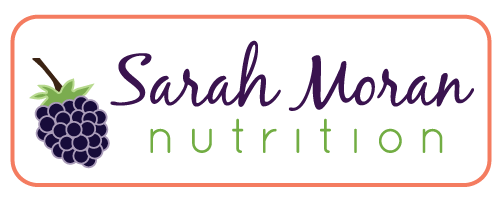Senate Embraces Potatoes and You Should Too (with a recipe)
/A few days ago, Registered Dietitian Ellie Krieger tweeted this question: Are you a potato basher or a masher? I, for one,

am definitely a masher. The humble potato has gotten a bad rap over the past few years from the advent of low carb diets and its status as the poster-child for what's wrong with our nation's eating habits, in the form of the french fry. However, spuds are full of nutrients including vitamin C, potassium, and fiber.The real problem with potatoes is the way we usually prepare them. In most cases, the peel is discarded (bye-bye nutrients) and the remainder is either covered in heavy add-ons like bacon, salt, cheese, sour cream, and butter or, even worse, deep fried to crispy perfection. Now I too can appreciate a good french fry, but I'd prefer to choose a healthier potato option and get my fix much more often.
Recently, there has been a lot of buzz concerning our nations school lunch program and how it may be contributing to the poor health status of many American children. The biggest point of contention? The main vegetable choice at many schools is a serving of french fries. In light of this, the Obama administration proposed that starchy vegetables (potatoes, corn, and peas for example) be limited to one cup per student per week at lunch and eliminated entirely from breakfast. However, the Senate, in an effort to prevent such a rule, has added an amendment to the Agriculture Department's spending bill for 2012. It states that the department cannot set “any maximum limits on the serving of vegetables in school meal programs.” All I can say is, good for them! The proposed limit was based on good intentions. The goal was to increase the consumption of non-starchy vegetables, which are often few and far between in a typical school lunch, and eliminate reliance on unhealthy options, such as french fries. Now I agree whole-heartedly that a french fry should never count as a vegetable. However, we should be tackling the preparation of these foods, not the foods themselves. Potatoes are a cheap option for schools with limited budgets and, when prepared properly, they can be quite good for you. Also, any vegetable, starchy or otherwise, can be cooked in a vat of oil. We should be embracing all produce for a healthy diet. Variety is the spice of life and the same is true when it comes to your veggies.
Rosemary Roasted Potatoes
serves 4-6
Ingredients

3 lbs potatoes, cut into 1-inch pieces (keep the skins please!)
3 tablespoons olive oil
2 tablespoons dried rosemary
3/4 - 1 teaspoon salt
pepper to taste
Directions
1. Preheat oven to 400 °F.
2. Toss all ingredients in a large bowl, taking care to make sure all potatoes are coated in oil.
3. Spread potatoes on a large baking sheet. Be sure not to overcrowd the pan, as the potatoes will steam rather than roast.
4. Cook for 30 minutes, or until potatoes are brown and crispy, stirring occassionally.
5. Serve as a side for breakfast, lunch or dinner.
So, are you a potato basher or a masher?




